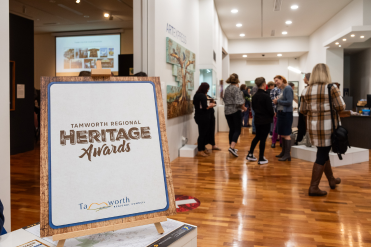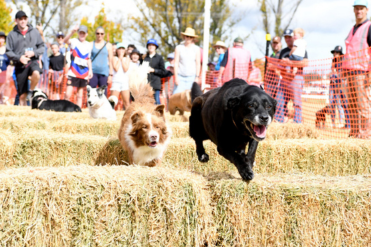Guy Barnett,Minister for Primary Industries and Water
The Tasmanian Government continues to protect our world class fisheries sector and is working with a wide range of groups to tackle the spread of the long spined sea urchin (Centrostephanus) into Tasmanian East Coast waters.
The Abalone Industry Reinvestment Fund (AIRF), supported by the Government and the Tasmanian Abalone Council, committed $5.1 million over 5 years to help address the spread of this destructive sea urchin.
Institute for Marine and Antarctic Studies researchers are now publishing an annual report on sea urchin stocks and launched a sea urchin exhibition in Hobart last night.
Urchin harvesting is continuing, with support from the AIRF, with nearly 500 tonnes taken in the last 2020-21 season. This is the second largest harvest on record and exceeded last year’s catch by 130 tonnes.
The IMAS assessment of sea urchin stocks indicates that the current levels of catch are greater than the population growth which shows the commercial harvest is having a measureable impact while also creating jobs and export earnings for Tasmanian businesses.
The urchin can have devastating impacts on reefs due to overgrazing, which impacts kelp beds and reef dependent species such as abalone, rock lobster and fish.
Large rock lobsters are one of the few predators of long-spined sea urchin and through the successful East Coast Stock Rebuilding Strategy and the East Coast Rock Lobster Translocation Program we are rebuilding rock lobster stocks.
The Tasmanian Government fully supports the commercial harvesting program and also the IMAS sea urchin exhibition as a way of raising public awareness of this pest and the encouraging trends in controlling it.








